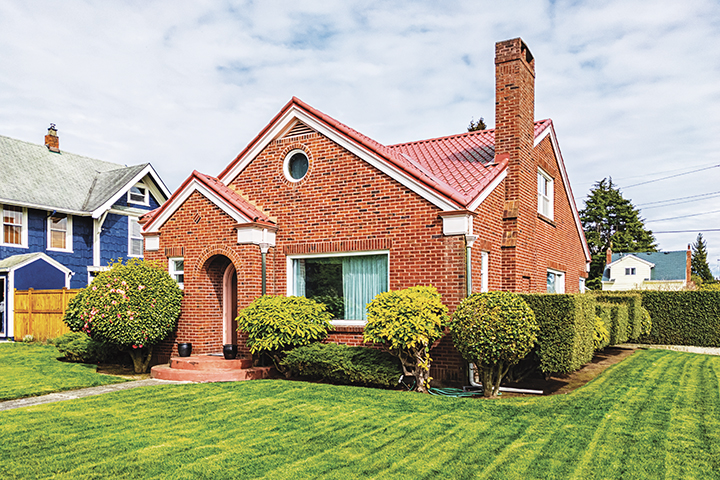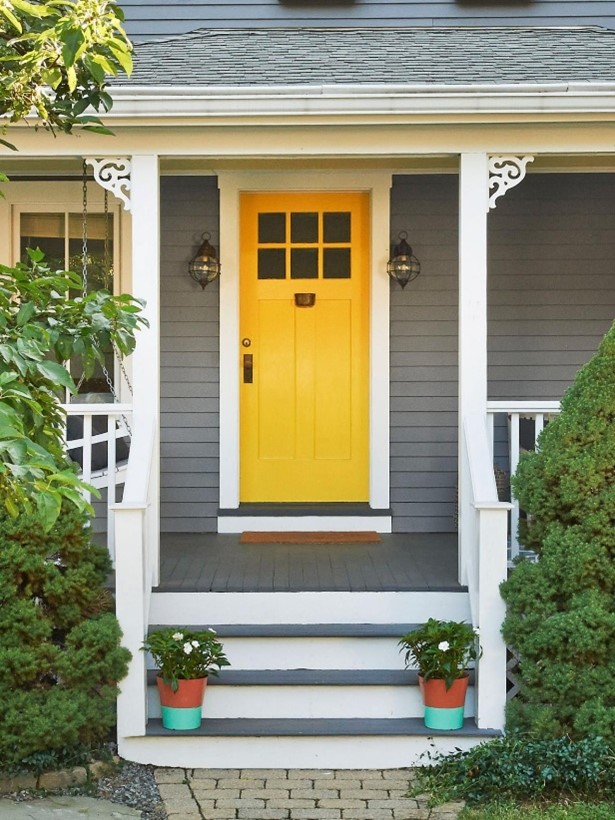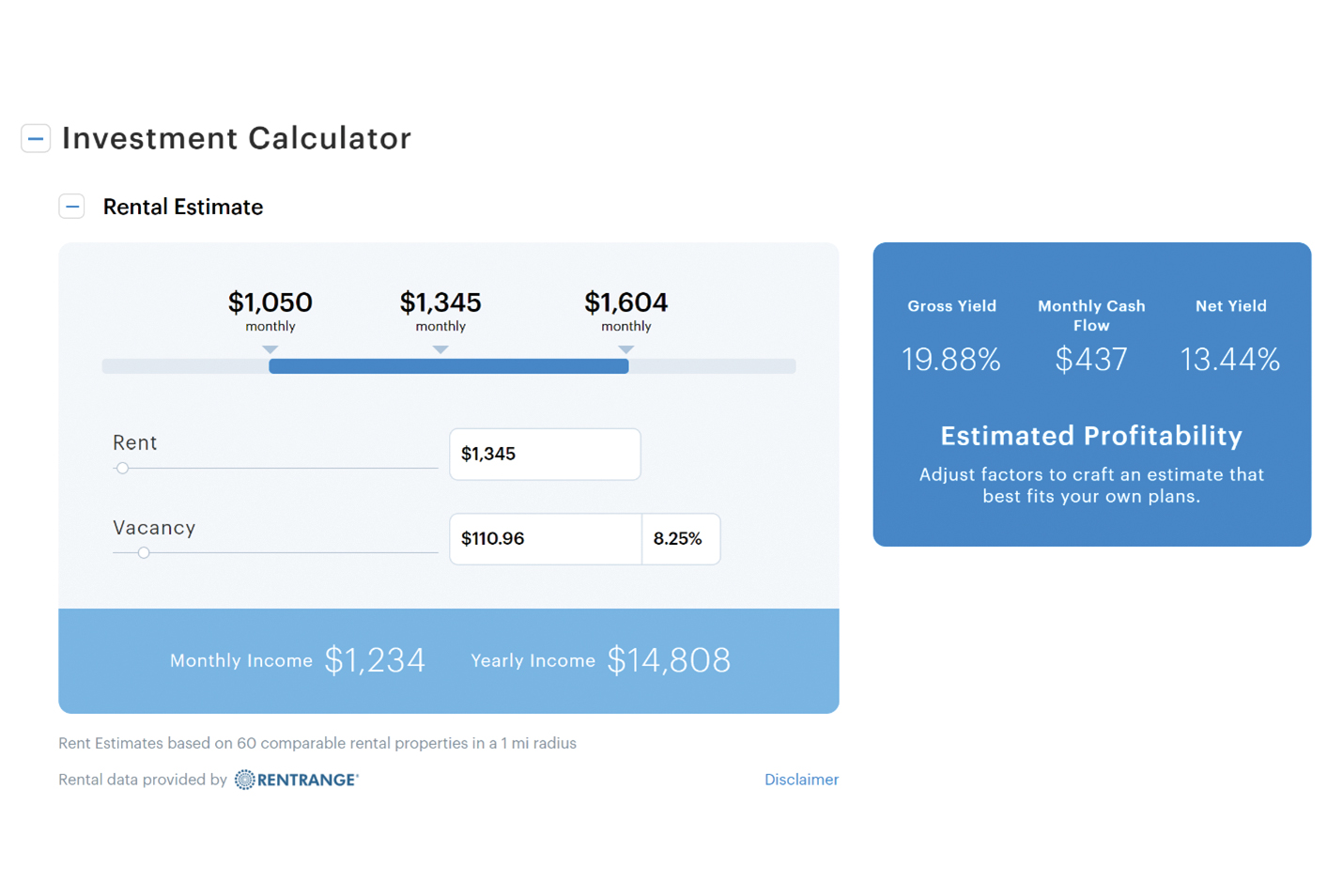A Different Vision for Housing
A Unique Strategy Keeps American Homes 4 Rent Ahead of the Curve by Carole VanSickle Ellis American Homes 4 Rent is a relatively young company. First conceptualized in 2011 when national indices were ranking “improvements” in housing based on the degree to which a market was losing in the single digits instead of double ones, the company was the first Wall Street institution to snap up single-family homes during the
Read More











